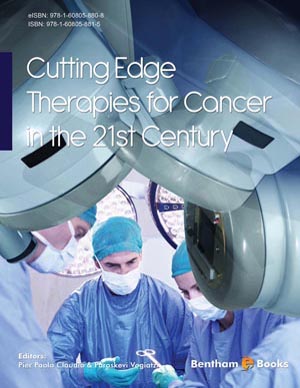Abstract
The field of ultrasound has expanded since the discovery of ultrasound contrast agents (UCAs) from diagnostics to therapeutic use. UCAs are known as microbubbles (MBs), which can be chemically and physically manipulated to improve their therapeutic potential. MBs can be tailored to bind to specific diseased tissues and act as carriers of different chemo-drugs and genetic materials. These engineered MBs can behave differently to ultrasound intensities resulting in different cavitation methods. Though the underlying mechanism is yet to be fully understood, there is evidence to suggest that mechanical pore formation of cellular membranes allows for the temporary uptake of drugs. The cavitation of MBs can induce temporary and reversible enhancement in the permeability of both individual cells as well as the endothelium including the blood brain barrier. There are too many side-effects and immune responses to current cancer and diseased treatments. MBs protect the immunogenic drugs from eliciting a detrimental response when delivered through the vasculature. They also help reduce the drug dosage by improving drug targeting and drug response. Thus, MBs can be used as vehicles for localized drug delivery and gene therapy allowing us to further develop the potential of curing cancer and other diseases.
Keywords: Microbubbles, ultrasound, ultrasound contrast agent, chemotherapy, adenovirus, polyethylene glycol, perfluropentane, phospholipid, sonoporation, cavitation, Blood Brain Barrier (BBB), gene therapy, chemotherapy, DNA, RNA, protein, siRNA, miRNA, drug delivery.






















